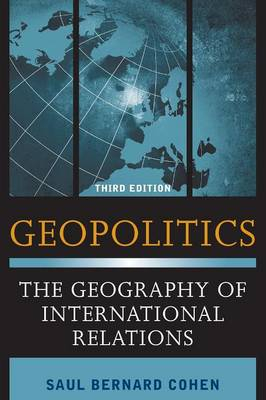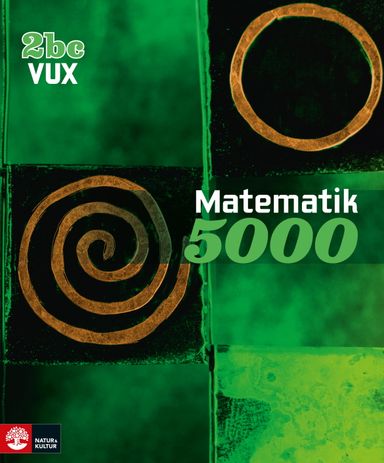

Geopolitics Upplaga 3
- Upplaga: 3e upplagan
- Utgiven: 2014
- ISBN: 9781442223509
- Sidor: 504 st
- Förlag: Rowman & Littlefield
- Format: Häftad
- Språk: Engelska
Om boken
Now in a thoroughly revised and updated edition, this textbook examines the dramatic changes wrought by ideological, economic, sociocultural, and demographic forces unleashed since the end of the Cold War. Saul Cohen, one of the world's leading political geographers, considers these forces in the context of their human and physical settings and explores their geographical influence on foreign policy and international relations. Beginning with a survey of geopolitics and its practitioners, Cohen explains geopolitical terms, structure, and theory. He traces the developmental process that guides the geopolitical restructuring of the world's different realms and regions, its major and regional powers, and the global networks that link them, thus creating a map of dynamic equilibrium. The author illustrates why the Middle East and Sub-Saharan Africa are "Shatterbelts" while South America's role as a separate region within the Maritime realm is reinforced by Brazil's dominance as a regional power. The author argues that the era of a world dominated, and precariously balanced, first by the American and Soviet superpowers and then by the United States alone, has run its course.The international system is now divided and better balanced by a number of major powers, each of which dominates its geopolitical region. He posits that whether certain areas become Gateways or Shatterbelts is the key question influencing global stability. For example, American influence within the Middle East is rapidly declining both because of the push of the Arab Spring and the pull of U.S. self-sufficiency in oil and natural gas. The United States is likely to give way to Russia, China, India and Japan as the main external players in the Middle East Shatterbelt. Cohen analyzes especially the current forces favoring accommodation, including the economic benefits of globalization, the common battle against terrorism, and the need to contain Iran and Venezuela, as well as to stabilize certain key failed states. Presenting a global spatial scope, Geopolitics considers the entire hierarchy of geopolitical units-subnational, national states, and quasi states; geopolitical regions; and geostrategic realms. By emphasizing the interaction between geographical settings and changing ideological and economic forces, Cohen has succeeded in creating a new global geopolitical map.
Åtkomstkoder och digitalt tilläggsmaterial garanteras inte med begagnade böcker
Mer om Geopolitics (2014)
I november 2014 släpptes boken Geopolitics skriven av Saul Bernard Cohen. Det är den 3e upplagan av kursboken. Den är skriven på engelska och består av 504 sidor. Förlaget bakom boken är Rowman & Littlefield som har sitt säte i Lanham.
Köp boken Geopolitics på Studentapan och spara pengar.
Referera till Geopolitics (Upplaga 3)
Harvard
Cohen, S. B. (2014). Geopolitics. 3:e uppl. Rowman & Littlefield.
Oxford
Cohen, Saul Bernard, Geopolitics, 3 uppl. (Rowman & Littlefield, 2014).
APA
Cohen, S. B. (2014). Geopolitics (3:e uppl.). Rowman & Littlefield.
Vancouver
Cohen SB. Geopolitics. 3:e uppl. Rowman & Littlefield; 2014.



















